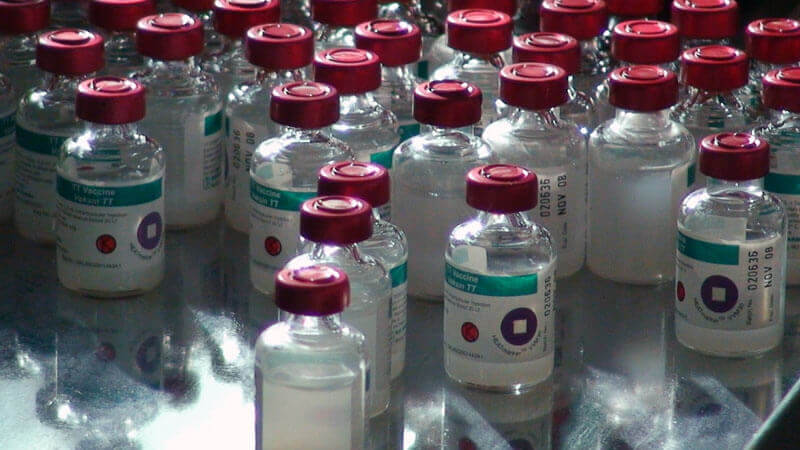Claire WingfieldPATH
Claire Wingfield is a Product Development Policy Officer within the Advocacy and Public Policy Department at PATH, a global nonprofit dedicated to ending health inequity.
In this guest post, Claire Wingfield—product development policy officer at PATH—writes about a series of papers she developed for the GHTC that outlines key challenges, lessons, and potential solutions in advancing research and development (R&D) to address poverty-related and neglected diseases and conditions.
New drugs and vaccines and other health technologies developed over the last few decades have significantly increased life expectancy in most countries. But a wide gap still exists between the health outcomes of the richest and poorest countries. While high-income countries have been able to benefit from recent innovations in health R&D, many of the poorest populations are not able to access these new and improved technologies.
For years there has been global debate about how to improve the coordination and increase resources being devoted to R&D targeting poverty-related and neglected diseases and conditions. In order to inform these discussions, the GHTC recently developed a series of briefing papers providing the perspectives of nonprofit product development organizations (NPPDs) on accelerating product development to meet the health needs in low- and middle-income countries (LMICs).
Today, GHTC is launching a summary of the findings from the briefing papers which provides an overview of the key challenges, lessons, and potential solutions identified by NPPDs, as well as a final briefing paper describing capacity strengthening activities.

NPPDs were created to speed the development and adoption of new technologies targeting the public health needs of the world’s poorest populations. Through partnerships with the public and private sectors, NPPDs bring together the resources and expertise of various groups to advance and increase access to health products that would not otherwise be available for commercial reasons in LMICs.
Although many NPPDs have effectively advanced R&D for poverty-related and neglected diseases over the past two decades, progress has been hindered by a number of challenges. The summary paper provides a high-level overview of these challenges which include insufficient funding, lack of consistent regulatory requirements and limited capacities of national regulatory authorities, and limited local capacity for research and manufacturing. Each briefing paper provides a deeper analysis of NPPD perspectives on each of the challenges and how they have worked with partners to address these issues.
NPPDs are working toward more predictable, stable, and long-term funding across all phases of product development, as well as diversified funding sources and improved coordination across funders. They are pursuing policy changes and sustainable funding to improve regulatory capacities and pathways for products targeting LMICs. And they are strengthening local partners’ research and manufacturing capacities in line with international standards. Implementing these solutions will further enhance R&D for poverty-related and neglected diseases and conditions and thereby increase access to needed drugs, diagnostics, vaccines, and devices in LMICs. This will not only help to save lives and improve health among vulnerable populations but also contribute to local economic development.